Short stories are a fun, versatile form. Moving from setup to resolution in just a few thousand words is satisfying, but how can you make every moment of this journey count? The Larry Brooks short story template will help. Read on to learn more, and discover how to use this template in Plottr.
What is the Larry Brooks Short Story Plot Structure?
The Larry Brooks Short Story plot structure is named after USA Today bestselling author, Larry Brooks. Brooks is the author of six critically-acclaimed thrillers and three books on writing, including Story Engineering: Mastering the Six Core Competencies of Successful Writing.
The Larry Brooks Short Story template in Plottr was inspired by a blog post Brooks published on short story structure, on his blog on his website storyfix.com. In the article, “The Short Story on Structuring Your Short Story,” Brooks writes:
“Conflict. Stakes. Need. Journey. Opposition. Characterization. Setting. Arena. Sub-text. Voice. They all need to be there. […] Like life, our stories always reside somewhere along that same continuum of set-up… shift… response… shift… attack… shift… resolution.”
This short story template consists of seven beats that together suggest said continuum.
3 Ways the Larry Brooks Short Story Template Will Help You
The Larry Brooks short story formula will help you create dynamic shifts in your main character’s world. This plot structure will help you:
Create Characters with Clear Goals and Motives that Drive Toward Solutions
When you use the Larry Brooks short story structure, you come up with clear goals and motives (what your character wants to accomplish, and why) from the start.
This makes it easier for you to write choices, actions and reactions that connect back to your protagonist’s most urgent wants and needs.
Create Compelling Shifts, Lessons, and Outcomes
Some characters have flat character arcs (for example, Ian Fleming’s James Bond) where they don’t change much. Yet it’s the shifts and changes, the challenges taken and lessons learned, that take readers on a believable journey.
The Larry Brooks short story plot structure involves three shifts (including one at the midpoint of your story). These help you remember to create:
- Emotional shifts as your character reacts to a problem (or multiple problems) that they want to solve
- Key Lessons your characters learn through challenges that leave them worse off (or better off), and how these change their perspective and/or actions
- Your protagonist’s “new normal”: what new normal could your characters reach through striving toward their goals?
Use a Short Story Framework that Leaves Room for Flexibility
A great benefit of the Larry Brooks Short Story structure is that it is flexible. For example, you could use it to write a short story with an happy or tragic ending. Or even an ambiguous short story ending.
Ready to explore these beats? Read on for examples, plus how to use this template in Plottr.
Explore the Larry Brooks Short Story Template in Plottr
Here are the seven beats of the Larry Brooks Short Story template, with examples showing how Grace Paley’s wryly humorous short story, “Wants” might fit narrative structure.
Setup
This section sets up the short story by introducing the main character, their world, the situation they are in, and/or the problem that they face.
- Introduce readers to the main character and an interesting world
- Introduce a problem that disrupts their ordinary world, which the main character must solve
- Give the main character a clear goal that will allow them to solve the problem and a clear motive that drives them toward that solution.
Example: An unnamed woman who narrates the story is sitting on the steps of a new local library when she sees her ex-husband, and they start to disagree almost immediately, hinting at old patterns of conflict.
Shift
This section reveals how the problem and the goal related to it cause a shift in the main character’s world.
- Show the character’s emotional shift and reaction to the problem
- Reveal how the problem has made them uncomfortable and why they are the ones to solve it
- Show the main character preparing to take action to pursue their goal and solve the problem
Example: The encounter with her ex-husband makes the narrator get up and go inside to return her overdue library books (which are overdue by eighteen years). Her ex-husband follows her inside, and tells her petty reasons why he thinks their marriage dissolved (such as never having invited a couple, the Bertrams, to dinner).
There is an emotional shift as the narrator appears unsettled, cornered into going over trivial past conflicts with her ex-husband.
Response
This beat is where the hero takes action. We’ve seen their goals and motivation, and now we see the character moving toward the conflict.
- Show the character physically taking action and responding directly to the problem they face
- Show the character moving out of their comfort zone and into a new world or situation
- Show the conflict, tension, and stakes increase as a result of the character’s response
- Use this section to further develop the character and reveal their strengths and weaknesses
Example: The narrator pays off her library fine, as though seeking to resolve aspects of the past that are within her control.
She checks the same books out again, and attempts to deflect her ex-husband’s petulant accusations (for example, he states that she never “wanted” anything, whereas he wanted a sailboat. She counters with attempting to shift focus to all the things they did right, such as raising their kids).
Shift (Midpoint)
The midpoint is the second shift or plot point. If things have been going well for the main character, here they take a turn for the worse. If they have been going poorly, the main character may experience a false victory here.
- Show the shift for better or worse for the main character and reveal how it changes their perspective
- Allow your main character to learn a lesson from their response in the previous beat and this shift
- Reveal the character’s new approach to their goal and the solution to the problem
- Restate the character’s motive and show how it has changed from the initial shift to this one
Example: The narrator, after reflecting on her ex-husband’s bitter remarks, realizes that despite appearing indifferent, she does want something more from life. In a moment of self-empowerment, she decides she wants to be a different person, the “effective citizen” who takes control of her life and returns her library books on time.
Attack
The hero now turns to attack the problem with their new knowledge and a fresh approach.
- Show the main character renew their attack on the problem and show them facing it in a new way
Example: The narrator, feeling accused and overwhelmed after the conversation with their ex-husband, resolves to bring her library books back on time.
Third Shift
After the darkest moment, there is one final shift for the main character, and now they move toward victory, or at least the final resolution.
- Show how the main character solves their problem
- Show the final change in the main character’s perspective
- Show any sacrifice the main character has to make to achieve their goal and solve the problem
- Show the main character preparing to return to a new normal, whatever that looks like
Example: The narrator does as she’s decided, and brings her books back to the library on time instead of letting things slide out of control as before.
Resolution
Show the main character’s return to normal, whatever that might look like, depending on the type of story you are trying to tell. The ending can be happy if the main character and their circumstances have changed for the better, or tragic if things have changed for the worse.
- Show the changes the character has experienced and show how the outcome of the story has affected them
- Show the resolution of the conflict one way or another
- Wrap up all the elements of the story and resolve any loose ends
Example: The narrator realizes that she is capable of being proactive and a so-called “effective citizen,” especially when someone comes along to “jolt” or “appraise” her. She is reestablishing a sense of self after her marriage. At the same time, she admits that she is “better known” for her “hospitable remarks.” The resolution suggests wry self-awareness and a lingering element of doubt.
How To Use the Larry Brooks Short Story Template in Plottr
Now that we’ve explored how to plot a short story in seven beats, here’s how to get started with the Larry Brooks short story template:
First, make sure you have Plottr installed or get started with a free 30-day trial.
- Step 1: From the Plottr Dashboard, select Create From Template
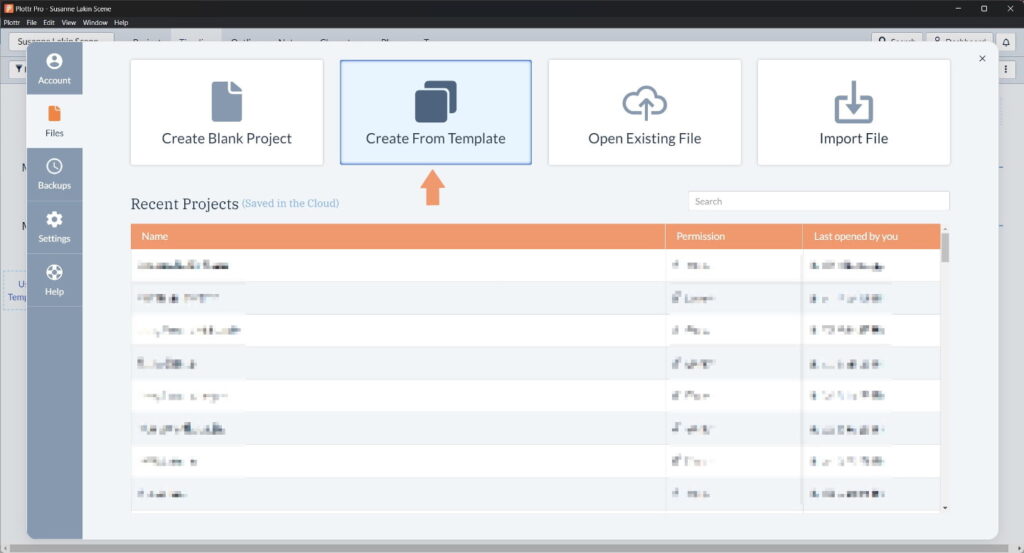
- Step 2: Select the Larry Brooks Short Story template from the sidebar. Then click on Create New Project
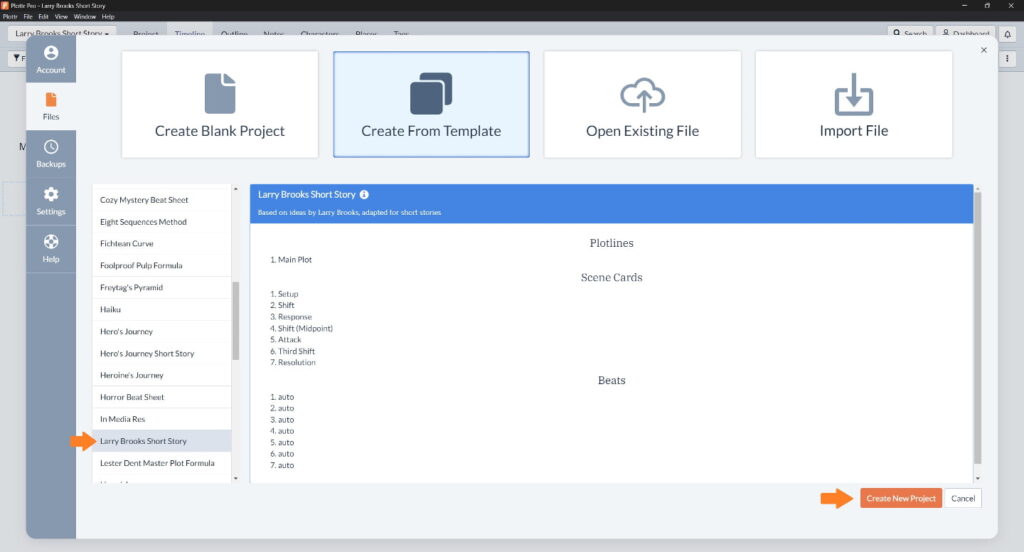
- Step 3: Give your project a name. The name will be included in your list of projects so you can return to it at any time
- Step 4: The template will open in Timeline view
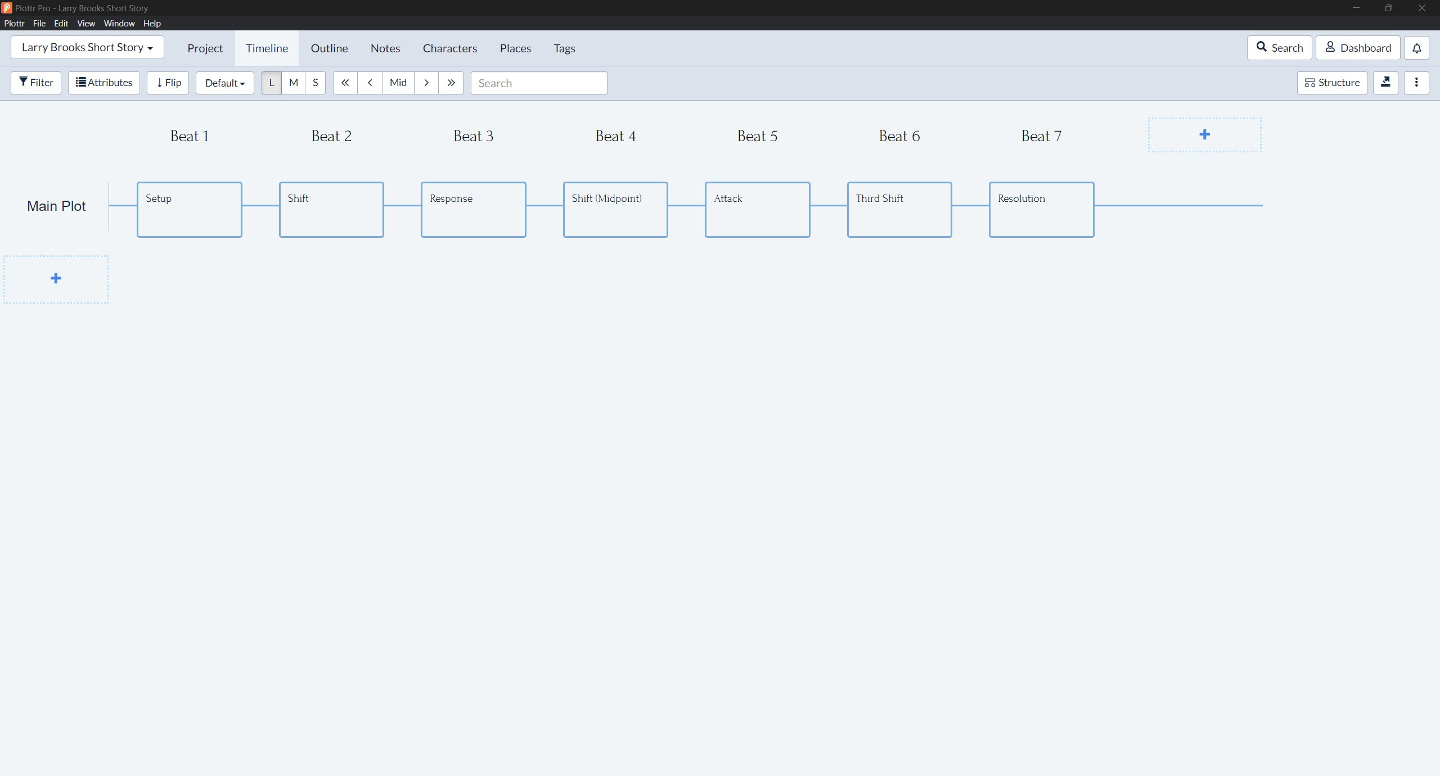
- Step 5: Open any scene card to start adding your ideas! You can save the guideline text to refer to, or delete and replace it
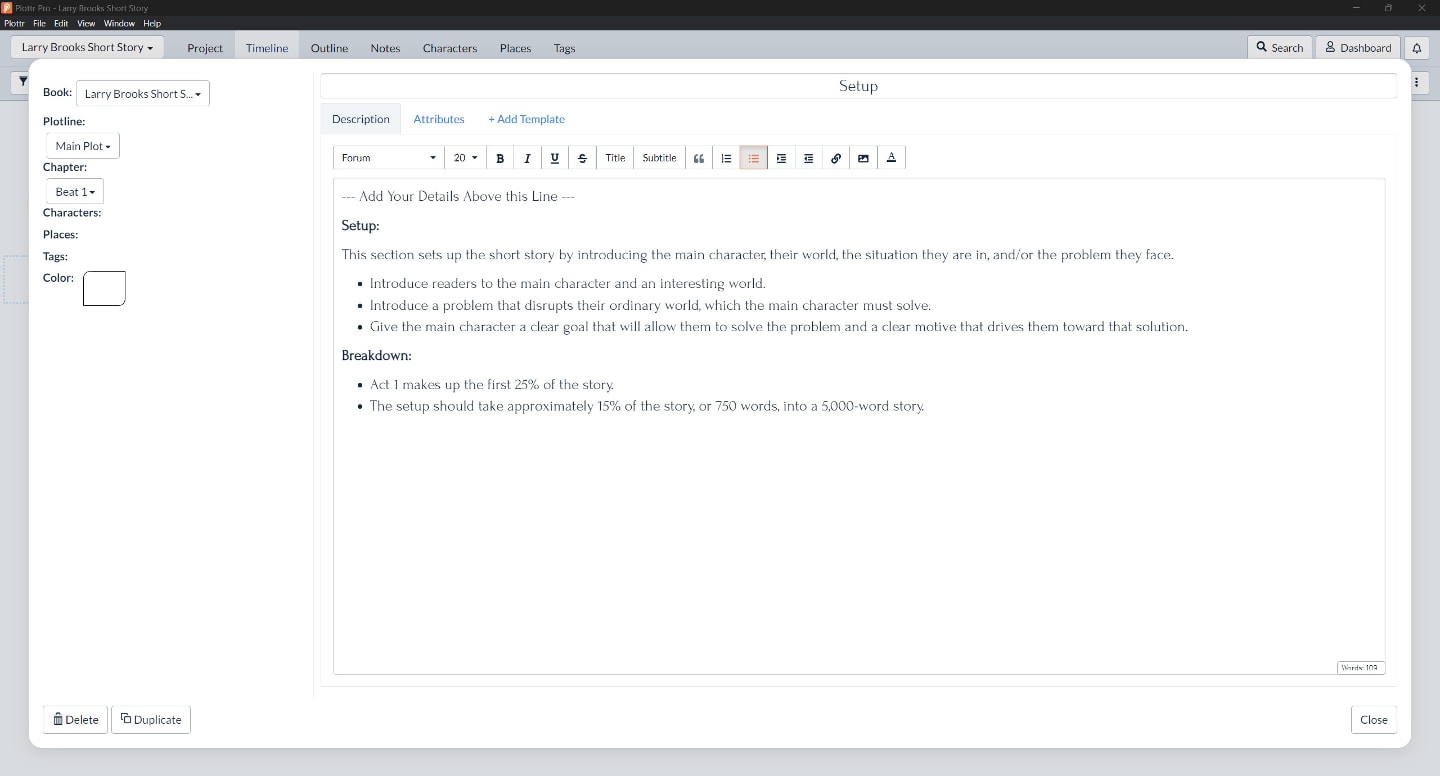
-OR-
In an existing timeline, hover over the + button to add another plot line. On the left side of the box, choose Use Template. Select Larry Brooks Short Story, and the template will be inserted into your timeline.
Try combining this short story template with others (or use each in turn to decide which works best for you):
Ready to Plot Great Short Stories?
Try the Larry Brooks Short Story template now with a free Plottr trial. Or see Plottr plans and pricing.
What’s your favorite short story or Plottr template? Tell us in the comments!
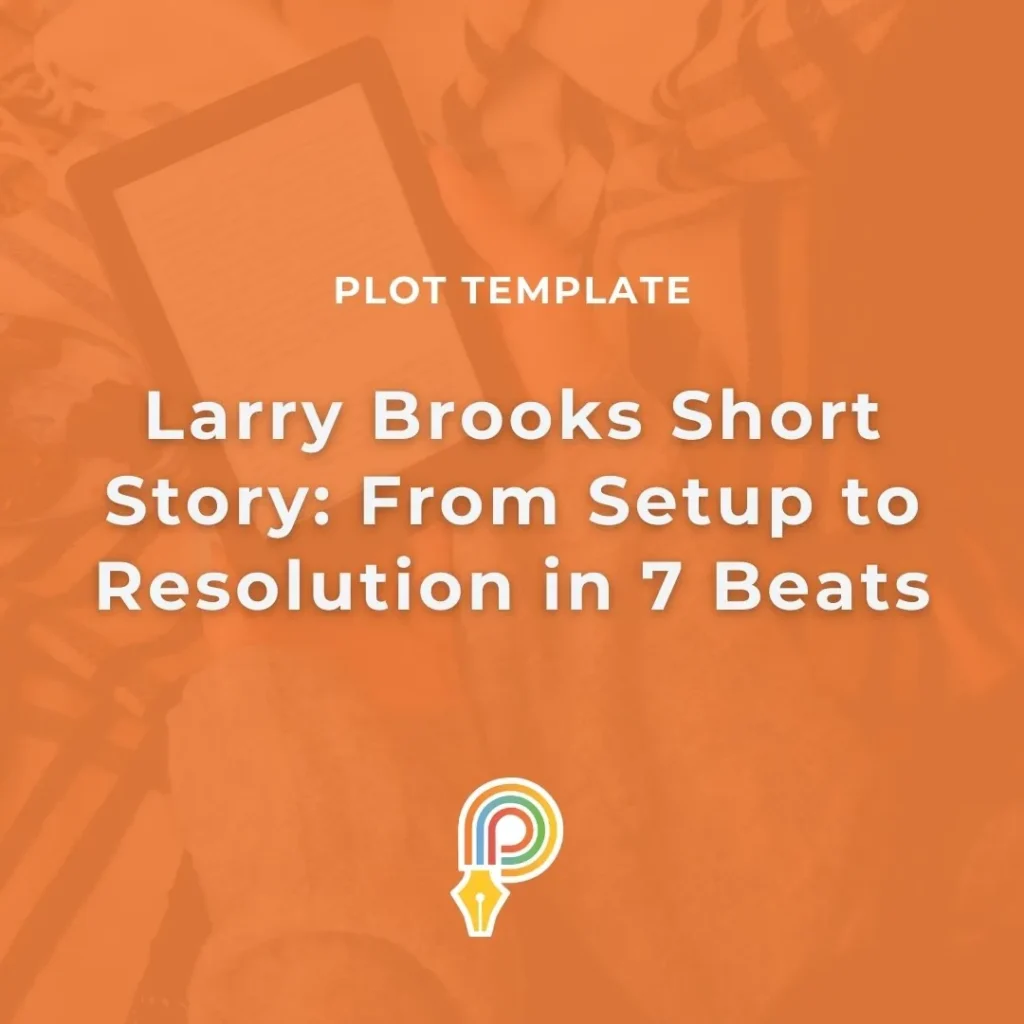


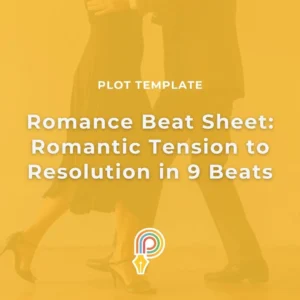
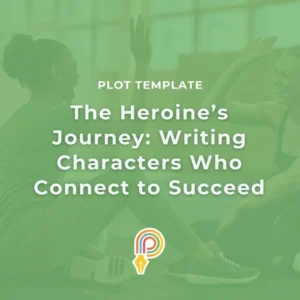

Comments